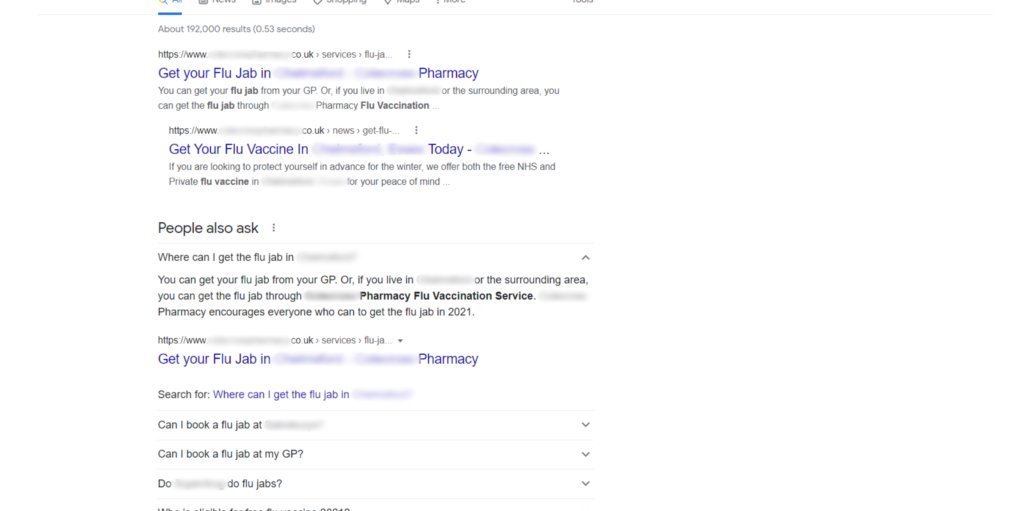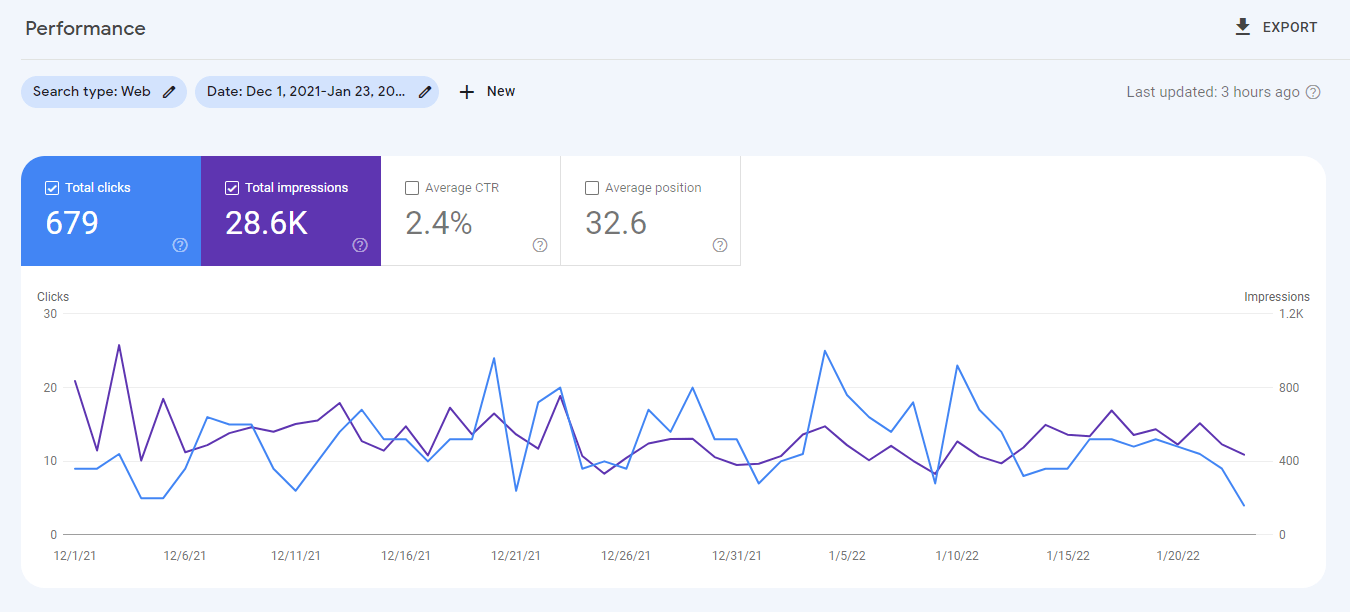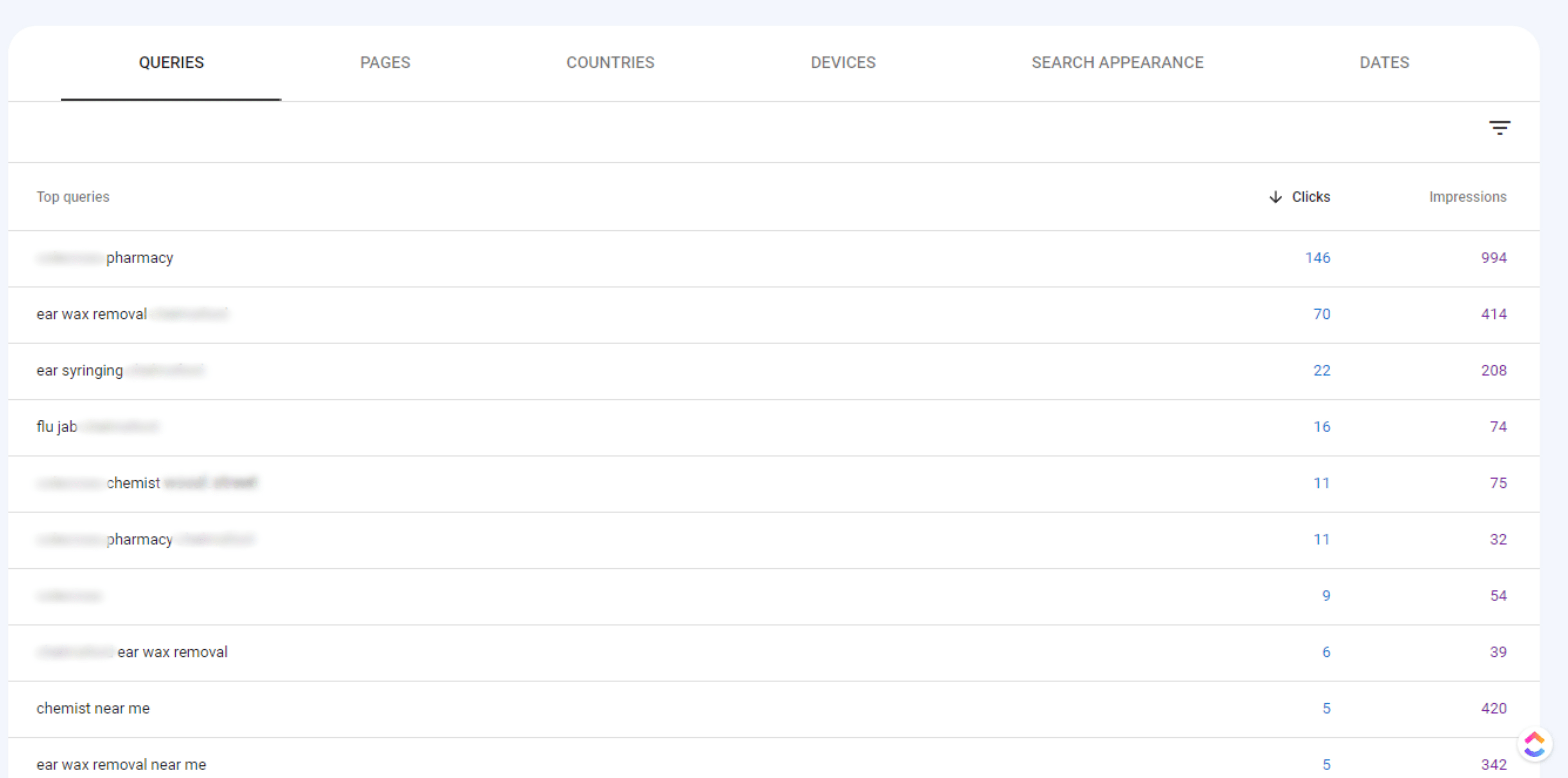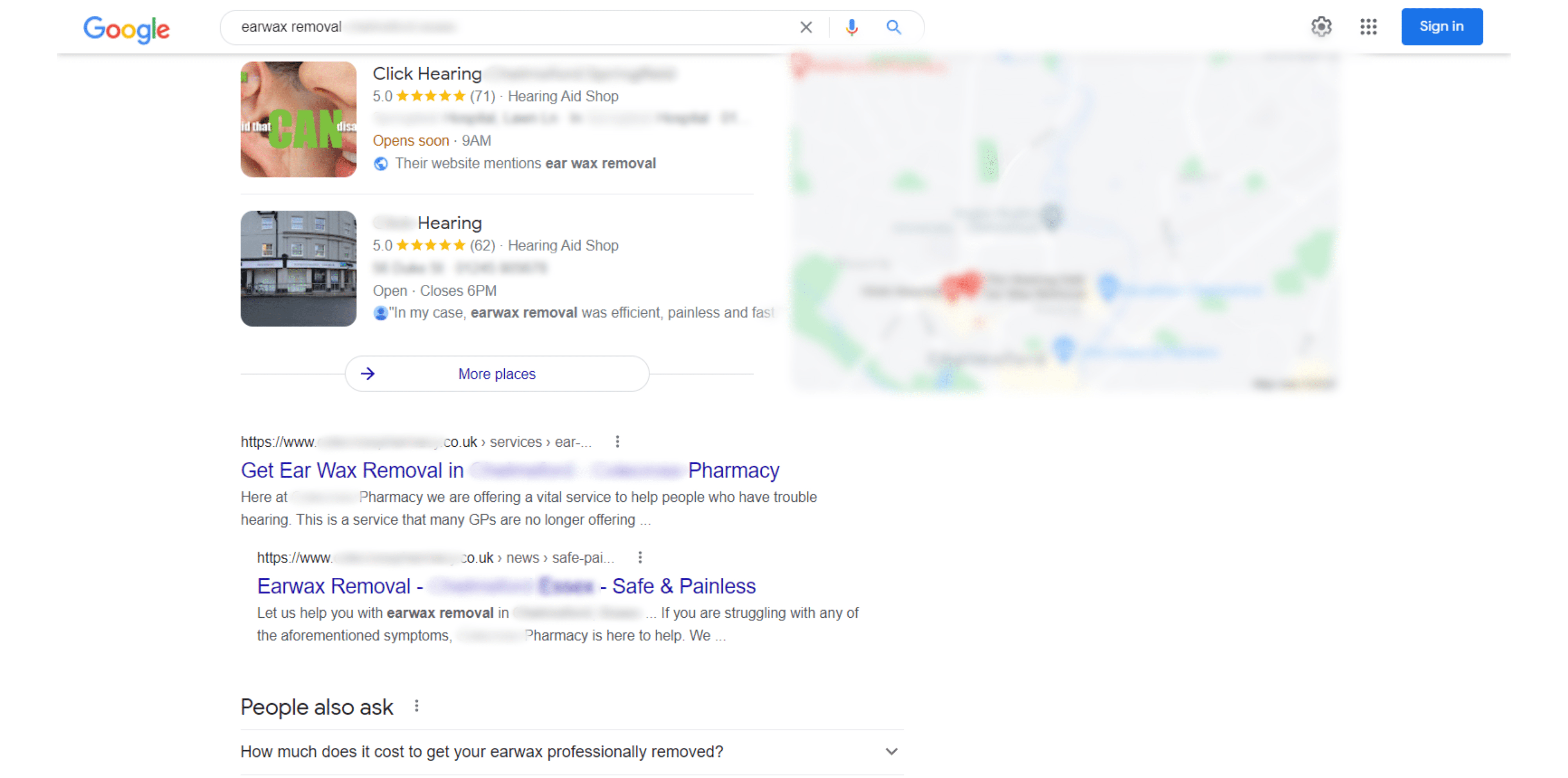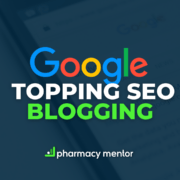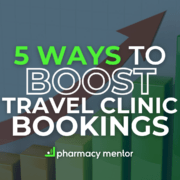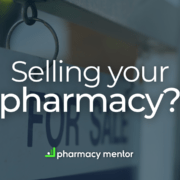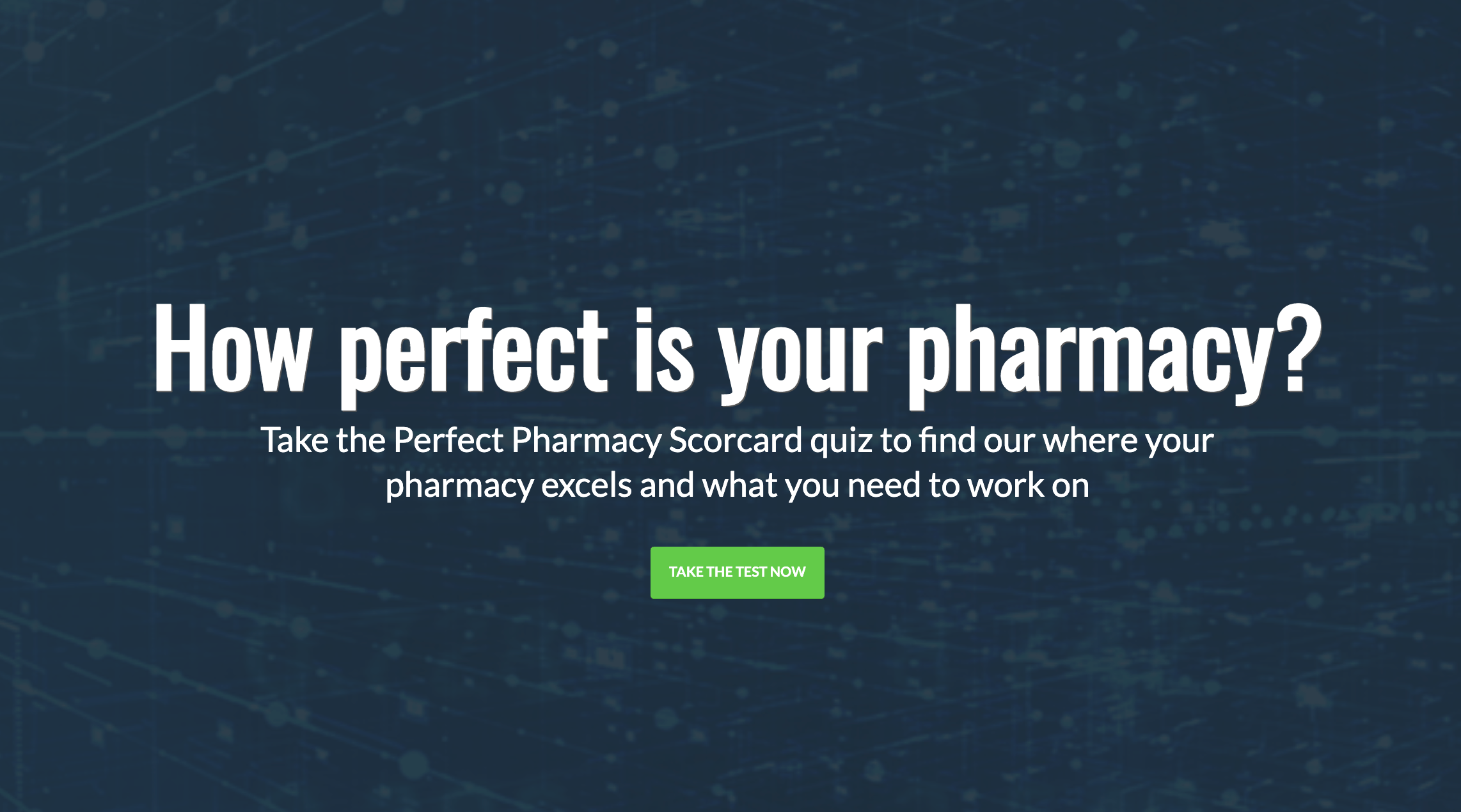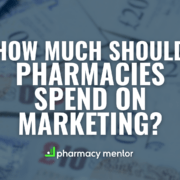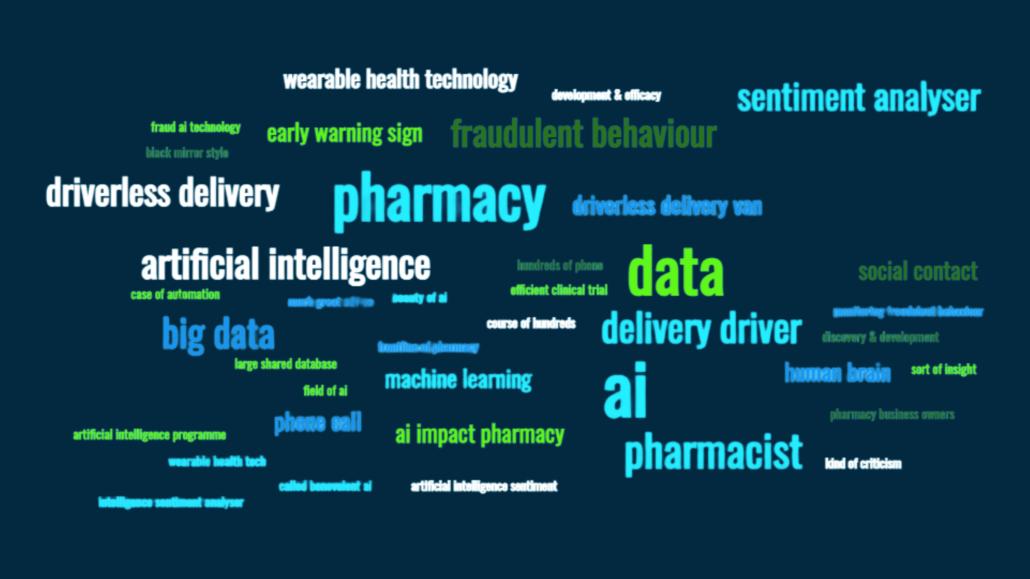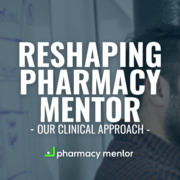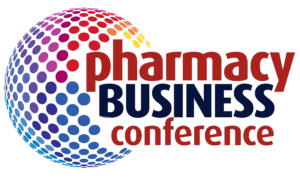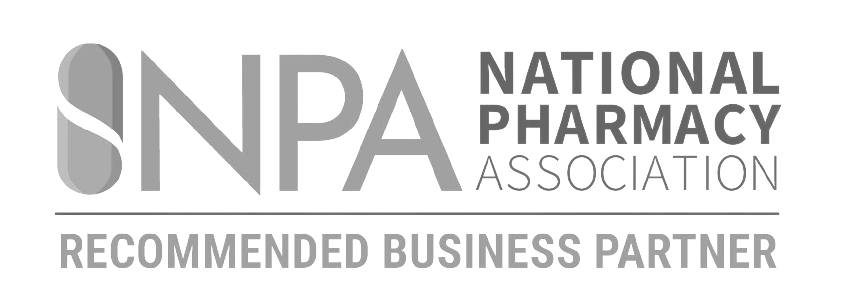How much should you spend on marketing your pharmacy? It’s a question we get a lot. With a few things to consider, this article gives some insight into our experience with client budgets and success rates.
How to get comfortable with your marketing budget
Spending money marketing your pharmacy is no longer optional. Nowadays, if you’re not marketing your pharmacy, even your existing patients are at risk of being poached by either online pharmacies or local pharmacies who are marketing. But it’s important to know your pharmacy marketing spend.
When it comes to your pharmacy revenue, it’s natural to want more. More patients. More profit.
But when it comes to marketing spend for your pharmacy? Suddenly you’ll feel an overwhelming urge to want less. Less agency fees. Less advertising budget.
And that’s understandable. You don’t want to pay any more than you should, but you recognise that speculating and accumulating often correlate. The balance of what you’ll end up paying usually lies somewhere between the two.
Know when to say no
Unless a pharmacy is prepared to be marketed, piling loads of money into a marketing campaign is wasteful. Just because you want something to happen, doesn’t mean it will.
More budget does not necessarily equal more sales (though of course, in the right circumstances it can). This is simply a word of caution against flawed marketing. Many people have been burnt by either inefficient, incompetent, or inept marketing at some point in their past.
Make sure whoever’s responsible for your marketing has a good track record, or knows your industry or business incredibly well. Preferably both. Not everything in marketing works all of the time, but controlling the parameters is important so nothing ever gets out of hand.
Pharmacy Mentor is proactive with this, working with our clients to understand how the strategy is impacting their business, and changing the tactics if needed.
Marketing Budget as a % of Revenue
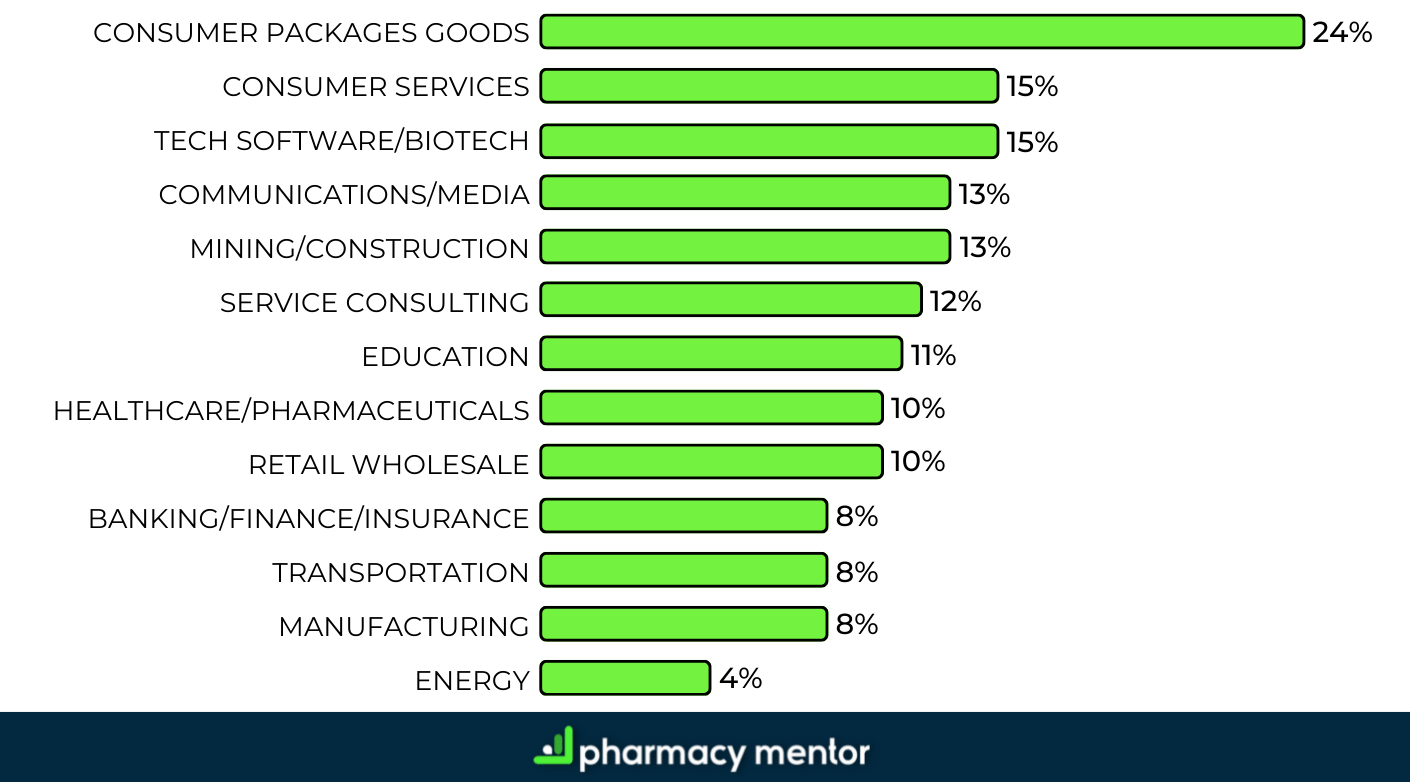
Source: The CMO Survey & Deloitte Digital
What needs bearing in mind with this statistic is that whilst 10% of an average community pharmacy turnover (between 50k-100k/month) seems like a lot of marketing spend, (£5k-10k/month) this figure incorporates things like wages or agency fees, as well as the time you spend on research, recruitment, and training, which ultimately has a monetary value.
One of the benefits of using an independent community pharmacy marketing agency like Pharmacy Mentor, is that you’re already saving on the cost of hiring and training an employee.
R.O.I. (Return on investment)
This is understandably at the forefront of pharmacy business owners’ minds. You want the most bang for your proverbial buck. Income must be balanced with outgoings, after all. Typically the way people think about this is “how many patients are going to come into my pharmacy as a result of this marketing action?”
That obviously would generate a good figure in your head of what you’d like to spend. If you stand to make £1k from a marketing action, then naturally you’d spend £500 on it. And whilst that’s certainly a measure, the issue is a little more nuanced. How do you know what you stand to make, for instance? This is where the reliable agency comes into play. It’s why an agency specialising in an industry is ideal. Because you have to rely on experience to know what’s possible, to understand what you’re likely to get. And therefore, what the right amount to invest is.
Visible R.O.I.
Sales and leads are an essential part of any business, and so this is naturally something you’ll want to see as a result of your marketing. Digital marketing is amazing for tracking and analysing stats, so provided you get your analytical tools set up, measuring the effectiveness of your spending is available from the first visitor to your website to the last person to click on a Facebook Ad. Measuring how many people it takes to see your advert before you get a conversion into a sale helps you understand how much budget you need to put into an advert, for instance.
But what about websites? It’s baffling that people would spend more on a billboard advertisement than they would on their website. An advert may cost you £500 for one month and get 10,000 eyeballs on it. Your website will last a minimum of 5 years, and if it’s done right, will attract hundreds of thousands, possibly millions of visitors over the course of this time. And people don’t want to spend over £1,000 on this? A good website, and search engine optimisation which helps people find it through Search Engines like Google, are the most cost-effective investments you can make. Trying to cut corners and reducing your marketing budget on areas like this hamstrings your business’s potential for growth.
Invisible R.O.I.
The invisible R.O.I. is hard to measure, for obvious reasons. But it does exist. And sometimes it can be the most powerful return from your marketing.
If I asked you to name a brand of sportswear, you’d probably immediately think of Nike, or Adidas. This is because they’ve marketed so relentlessly and consistently that they’re the first thing that comes to mind. Now, you might not race out to buy their trainers when you see their adverts, but the fact you remember them is the invisible ROI I’m talking about.
And this is something that directly correlates with your marketing budget. What price would you put on being the first place people thought of when they need healthcare, be it a service or a retail product? That figure may be hard to quantify, but it’s certainly worth bearing in mind when you’re considering how much to invest in advertising. It’s also a consideration when thinking about your branding budget, which is a much ignored, yet important part of marketing.
For a local business, you might only ever be able to get to the forefront of your local community’s minds, but that does require significantly less spend than a national campaign. You can also lean heavily on your personal branding, and the fact that your local community will recognise your face online. For bigger businesses, or online pharmacies, it’s far more important that your branding stands out, because that’s how people both recognise and remember you.
Diminishing returns in pharmacy marketing
The law of diminishing returns certainly applies to marketing to your local community.

How are websites like wine? Read below.
Turning Websites into Wine
To continue with the example of websites, it’s a bit like a bottle of wine. You don’t want to buy a really cheap one, because you won’t like it, and you might as well not have bothered. It’s a complete waste of money.
You can also overspend. No matter how much money you put into it, there is only so good a bottle of wine can get.
The happy medium, where you spend £7-15, you’ll probably find a perfectly good bottle of wine that does the job.
It’s pretty much the same with websites. The average community pharmacy should be spending between £4-10k on a website, depending on their current need. Only much bigger businesses should be spending more than that. Any less than that, and you’re looking at something which probably isn’t worth the money you’re investing into it.
Services
Let’s say you’re advertising a Flu Vaccine Clinic. There is only a certain amount of people that will come to your pharmacy for the jab. Obviously, if all of those people have signed up for their jab, you wouldn’t want to continue to push your ad out and spend extra budget. But what’s slightly less obvious is the point where your spend stops being as efficient. This is all about measuring and analysing. Over the course of a few months, you can tell where the optimal level of budget is for that service, and adjust your budget accordingly, in that instance, for the next flu season.
eCommerce
Products, on the other hand, provided you are able to ship nationally, have a much higher ceiling for saturating your market. If all people have to do to buy from you is tap a button on their phone, then it doesn’t matter if they’re in Gretna Green or Greenwich. You can spend a lot more on marketing eCommerce before it stops being effective. Of course, you need to have an effective eCommerce website to be worth spending money on sending people to it. Check out our guide on creating a successful eCommerce website here.
So how much should I budget for my pharmacy marketing?
The devil is absolutely in the details here, and it definitely does differ from pharmacy to pharmacy depending on what your objectives are.
Newer pharmacies, or pharmacies that haven’t previously had a digital presence, should be spending more on brand awareness, specifically in your local community. This will typically skew your budget towards things like SEO & Social Media. But once you’ve established yourselves as a brand online, it’s time to focus on converting that awareness into business.
At that point, you’ll want to heavily invest in a digital ecosystem. Central to this system is an awesome pharmacy website, allowing clinical bookings, EPS nomination, data collection, online payments and attracting patients from search engines with great SEO content. You’ll also want to invest in email marketing, which helps retain your patients and drives more revenue from people who’ve already used your business.
All these things are part of a wider strategy. Some elements that might be less costly are still important. Just like the tyres on a car don’t cost as much as the engine, but you can’t run a car without them. It’s important that you invest in a whole strategy.
It’s also worth bearing in mind, that a website is an investment you only need every 5-10 years. Divide your total spend by between 60-120 to find your monthly spend depending on how many years you expect the website will last.
Marketing spend for Quickly Growing Your Pharmacy Business
After noticeable growth in your business, in either your prescriptions or clinical arms? For example, if you’re starting a new private clinic, a spend of around 6-10% of your monthly revenue is normal.
Marketing spend for Maintaining the Growth of Your Pharmacy Business
If you’re feeling the pinch with the competition and you’re looking at preventing any drop-off, and maintaining your churn rate, you’re looking at less investment. Nevertheless, you still need to invest between 2-5% of your monthly revenue, which is usually enough for keeping your business healthy.
Spending Less on your Pharmacy Marketing?
It’s easy to fall into the trap of thinking that cutting your expenses is a good thing. It’s only good if you’re still getting the same returns. Marketing is an investment in growing your business. If you’re spending below the figures we’re talking about, the likelihood is that you’re missing out on business. Your pharmacy will suffer in the long run as a result of these budget cuts.
Want to get real specific?
Without talking to you about your specific services and business objectives, there’s no way we can be more specific than giving you a general idea of the budget you should commit to marketing.
Talking to our Pharmacy Growth Consultants is a great next step if you’re looking to make better use of your marketing budget.
Enjoyed this article? Sign up for our Newsletter and get notified every time we release a new article.
